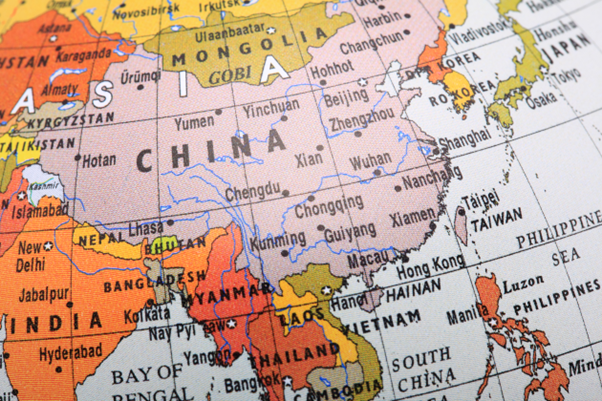A recent string of dismal indicators have dulled expectations for China's economic performance in July, in an ominous sign for the rest of 2024 and pointing to the need for more stimulus measures beyond plastering over pain points in the world's second-largest economy.
Calls for more growth boosting measures for the $19 trillion economy have dogged officials after a widely expected post-pandemic recovery failed to materialise in 2023. Still, the government is targeting economic growth of around 5% this year.
The latest data point to a rocky start to the second half. On Tuesday, central bank data showed July new bank loans plunged to a 15-year low, while other key gauges showed export growth slowed and factory activity slumped as manufacturers grapple with tepid domestic demand.
The economy had already grown more slowly than expected in the second quarter, expanding 4.7% from a year earlier, as wary consumers remained reluctant to spend and trade ties with major markets became more tense, suggesting a period of prolonged sluggishness is increasingly likely.
"The market consensus will move to the left side of the 'around 5%' growth target, since the economy slowed in July and a forceful plan to support the economy seems to be missing," said Xu Tianchen, senior economist at the Economist Intelligence Unit, which has kept its growth forecast at 4.7% since March.
On Thursday, China will release a raft of activity data. Economists polled by Reuters poll expect that retail sales grew 2.6% year-on-year last month, versus 2.0% in June, while industrial output was forecast to have grown more slowly and investment growth levelled off.
Officials will also release the latest reading on new home prices, which fell at the fasted clip in nine years in June despite a host of support measures aimed at luring back buyers and stemming a protracted property crisis.
Credit data this week showed household loans, mostly mortgages, contracted 210 billion yuan ($29.37 billion) in July, compared with a rise of 570.9 billion in June.
One of the main reasons people are not spending in China is 70% of household wealth is held in real estate, a sector which had long been a major growth driver.
EXPORTS
One of the few bright spots this year - exports - has so far failed to spark a broader economic recovery, not least because manufacturers have had to slash prices to find buyers overseas amid weak domestic demand.
And there are signs that global demand is slowing. The official factory managers' survey for July showed producers received fewer export orders for a third month.
"It all hinges on exports," said Alicia Garcia Herrero, chief economist for the Asia-Pacific at Natixis. "Exports are stagnant, (and) we have already seen Thailand announcing import tariffs, and, of course Turkey, Europe, and the U.S."
"If we see exports growing negatively, then I think we need to lower our projections for 2024, maybe to 4.2%, something like that."
To be sure, after a surprise reduction in a short-term rate in July, many economists are pencilling in more interest rate cuts in China later this year, especially if the U.S. Federal Reserve starts slashing borrowing costs from September. But with domestic demand so weak and the outlook unclear, households and businesses are in no rush to borrow.
"There is definitely a chance officials will hurry up to announce a more clear plan to stimulate domestic consumption since they seem particularly concerned about poor domestic demand recently," the EIU's Xu said.
($1 = 7.1497 Chinese yuan renminbi)
(Reporting by Joe Cash; Editing by Kim Coghill)
Copyright (2024) Thomson Reuters.
This article was written by Joe Cash from Reuters and was legally licensed through the DiveMarketplace by Industry Dive. Please direct all licensing questions to legal@industrydive.com.

